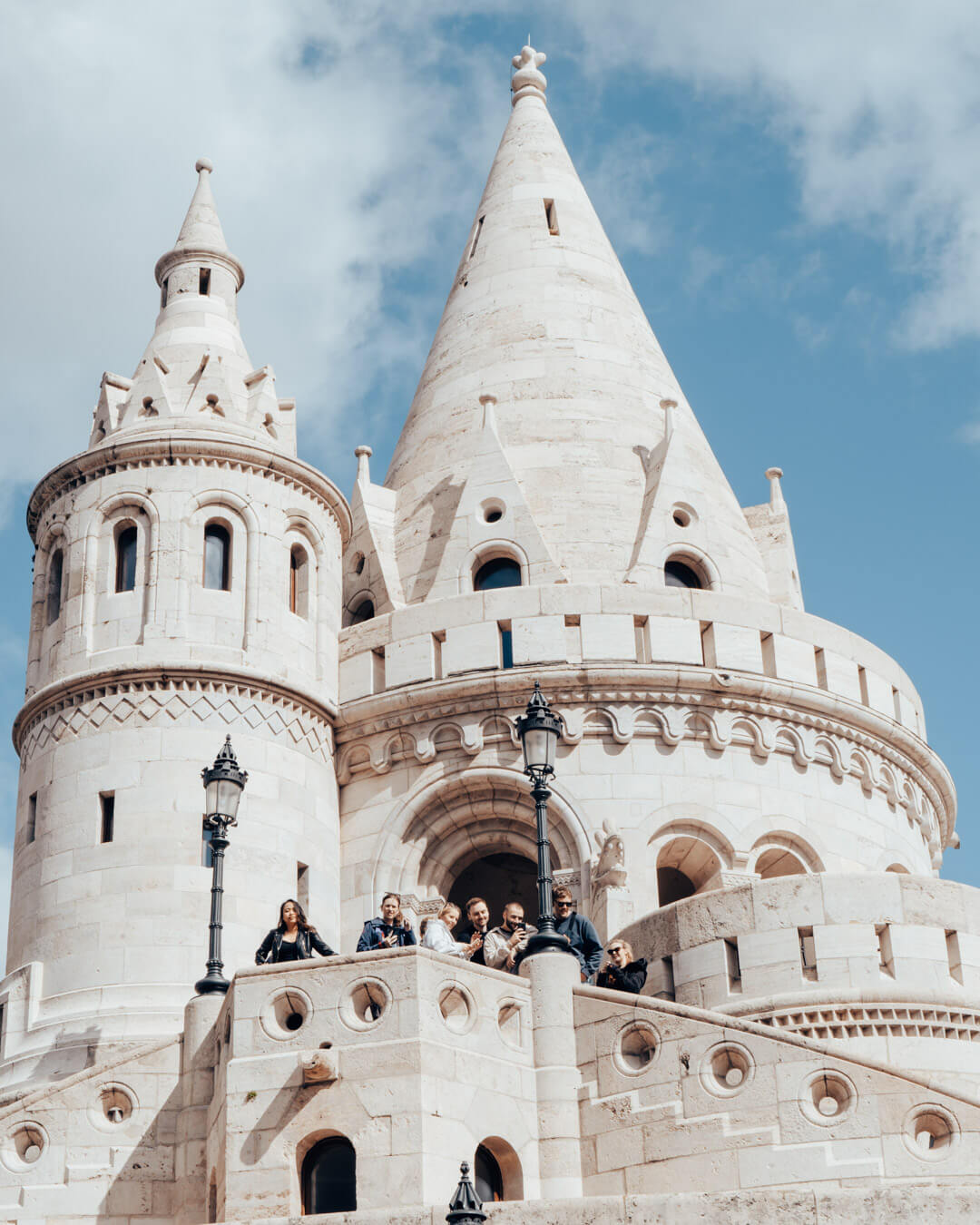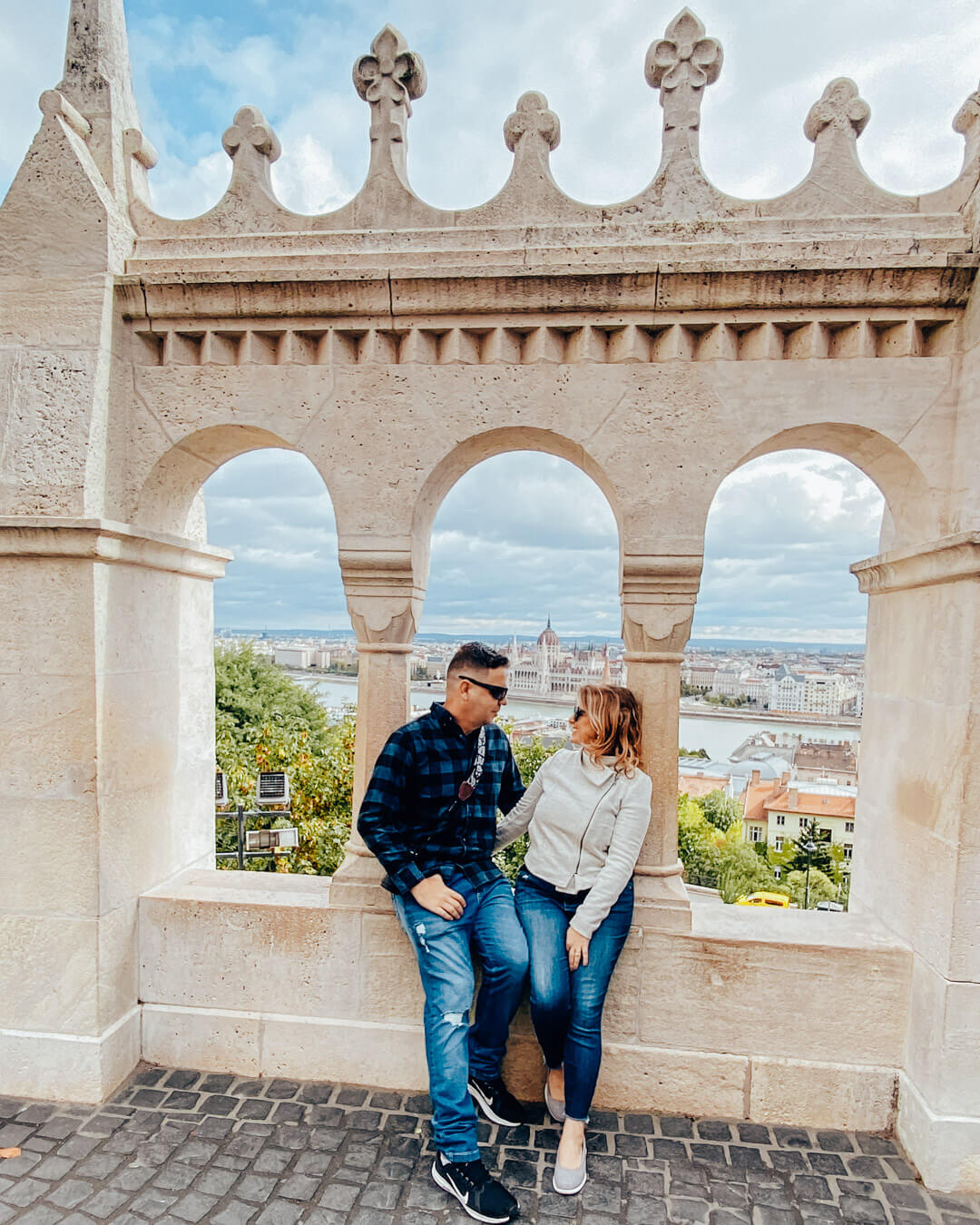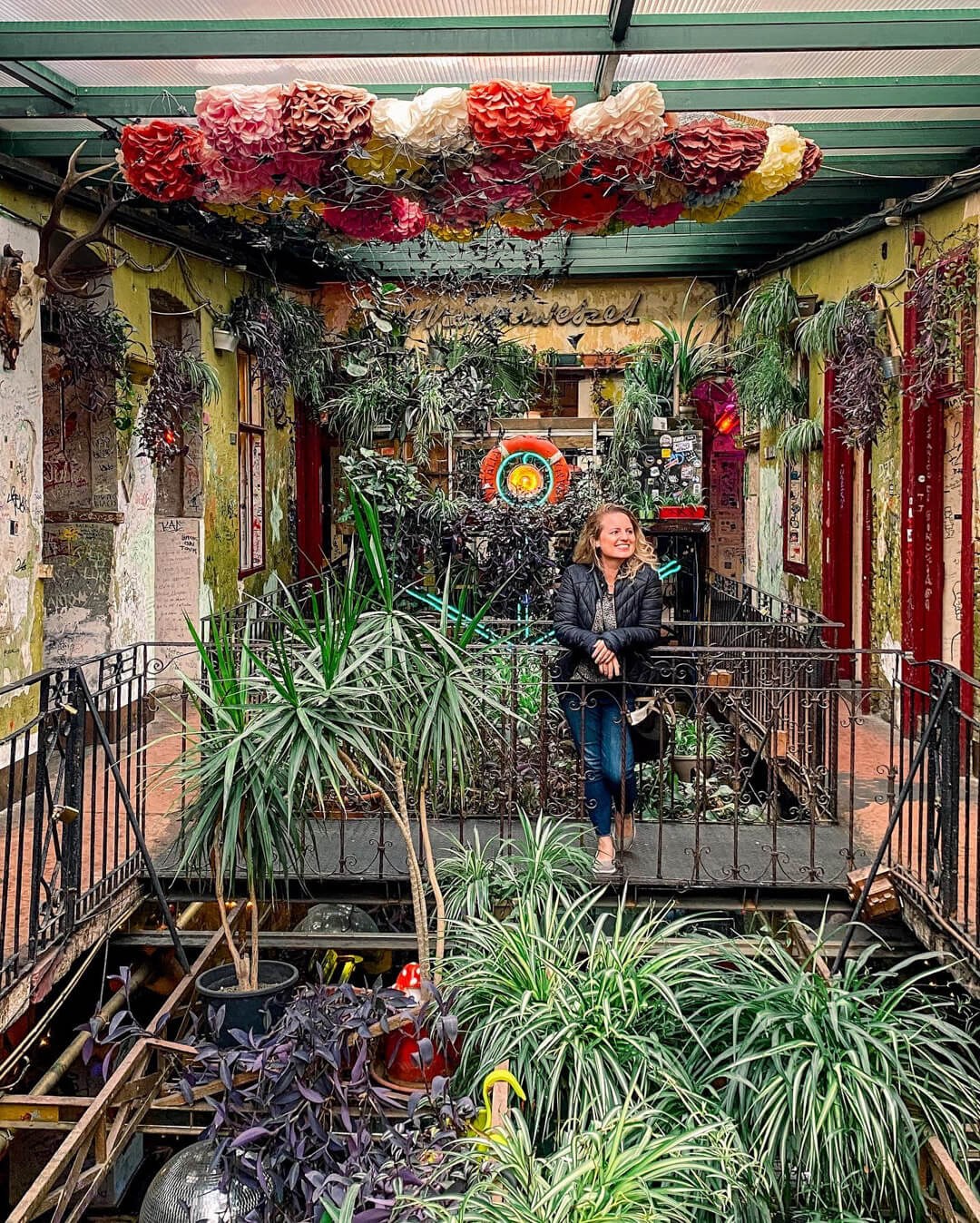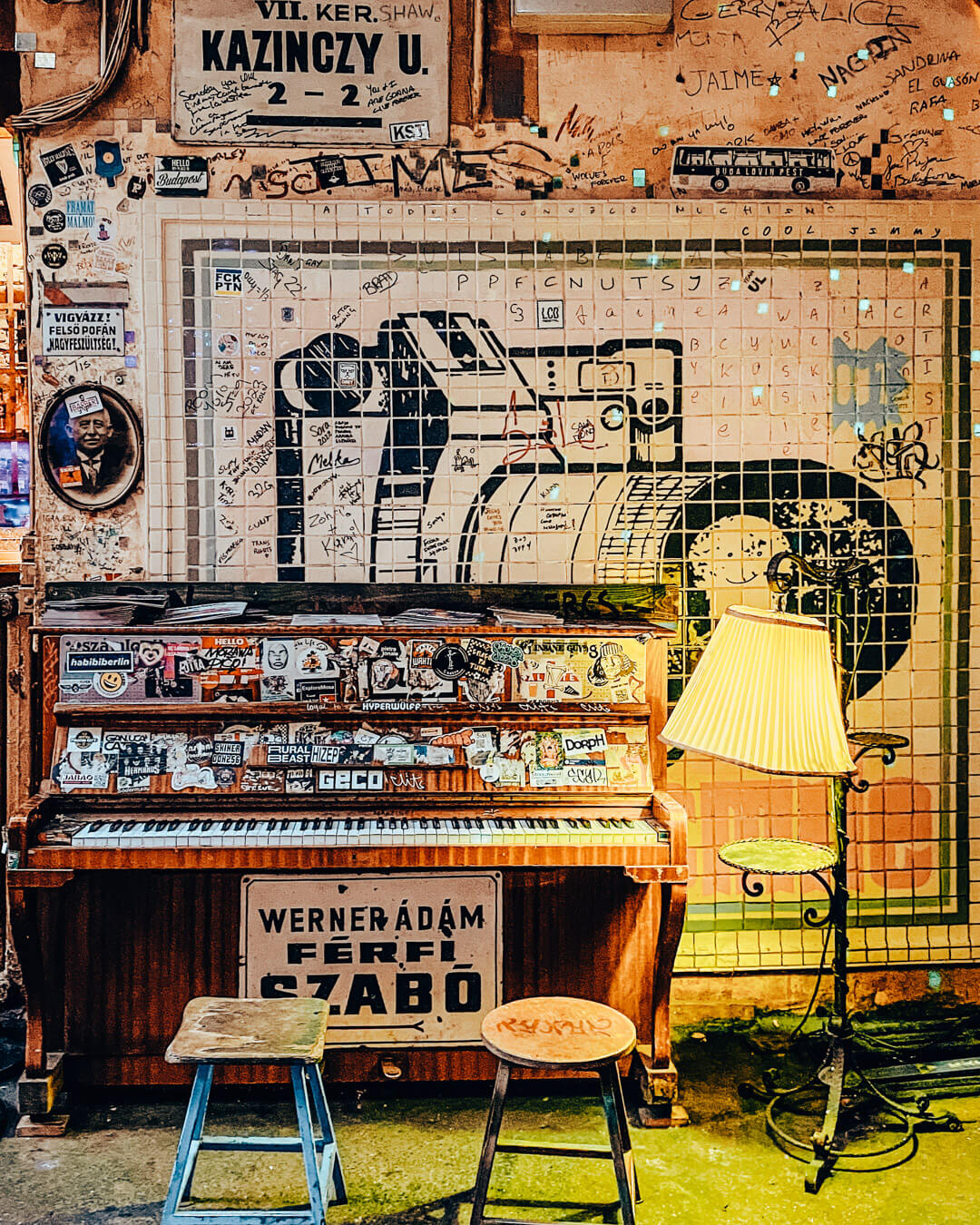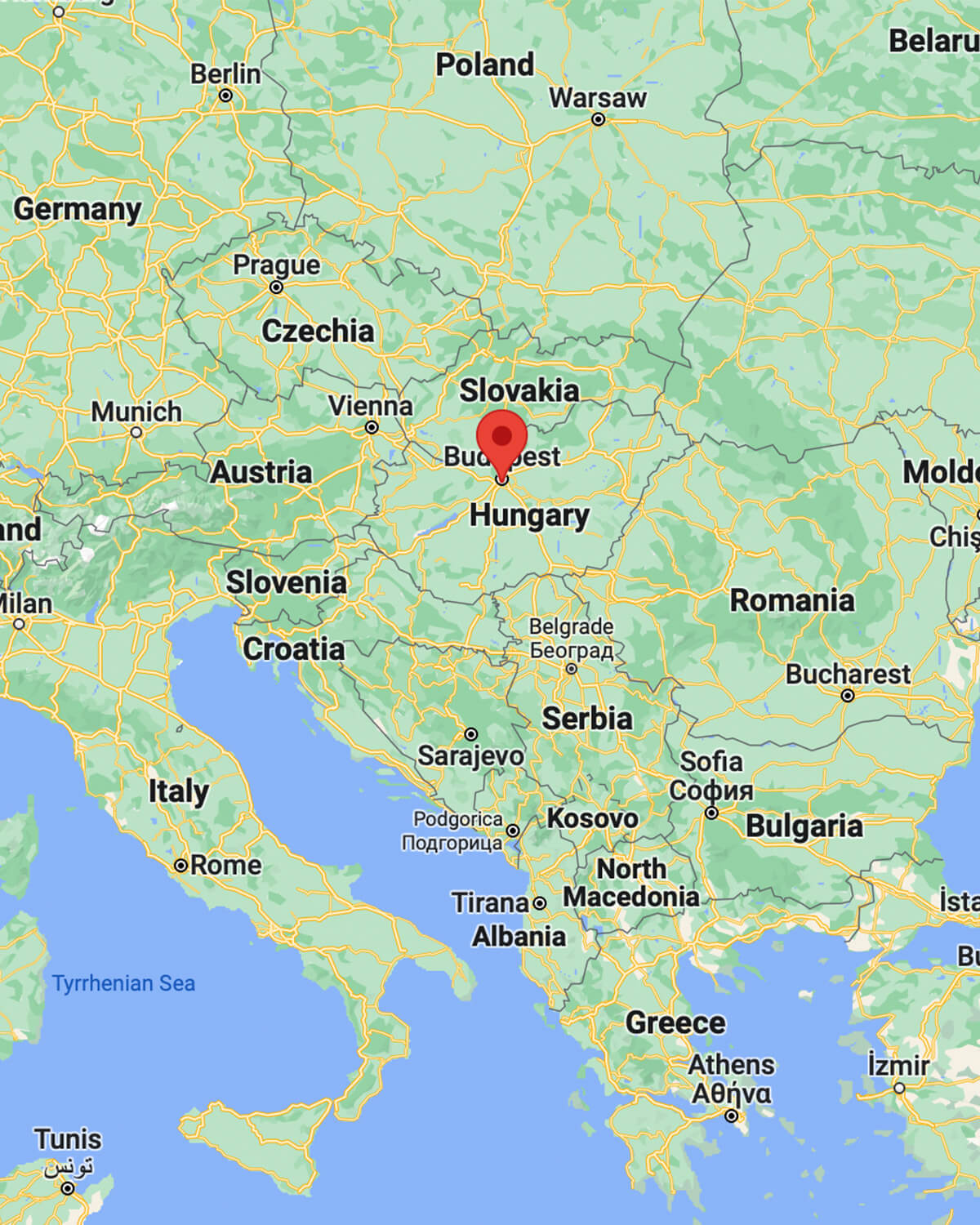Suggestion to get along with locals
Learn how to say a few words in Hungarian to go along with the locals. One very important tip: make sure you get the accent right on the “é” in “egészségedre” (“egg-ees-sheeg-ed-re”), and don’t accidentally say “egészsegedre” (“egg-ess-shegg-ed-re”). The first means “to your health,” but the other is “to your whole ass.”, which makes clear you are a tourist!
Here are a few words you should learn:
- Hi – Szia
- Please – kérem
- Thank you – köszönöm
- Bye – Viszlát
- Cheers – Egészségére
If you go into a smaller shop, it’s polite to say “Jó napot” (“good day”).



